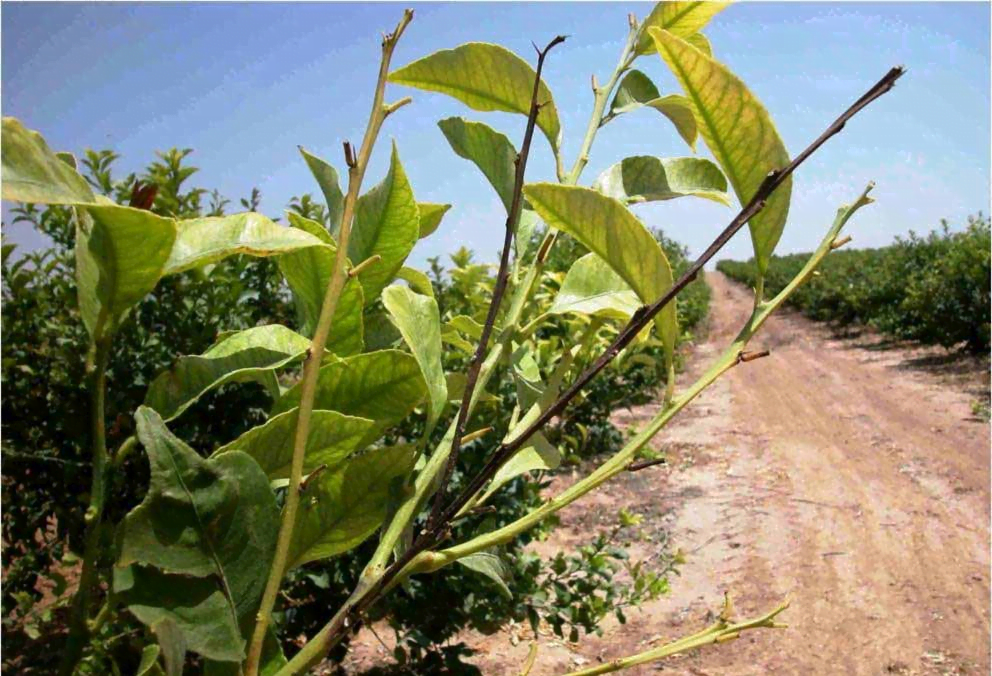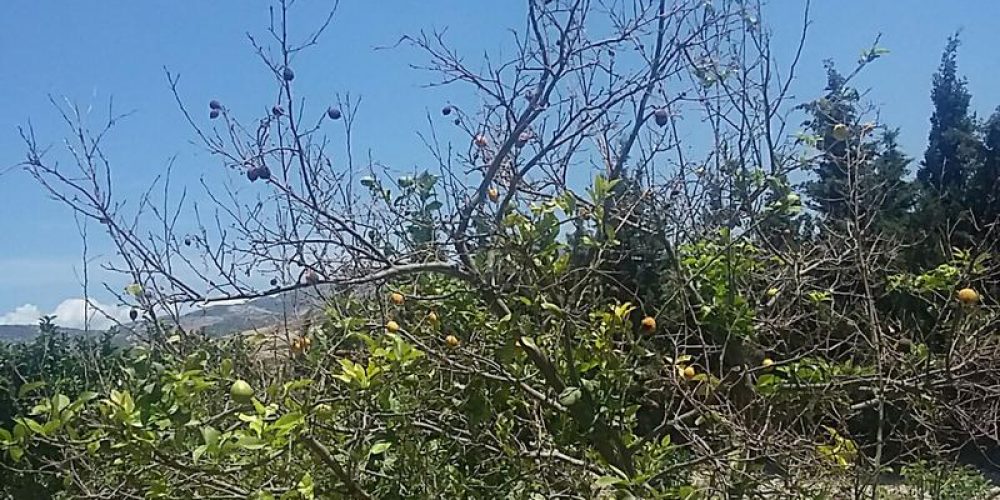Table of contents of the article
ToggleMalsico disease is a bacterial disease that affects lemon trees and affects the tree's health and productivity. In this article from the “WORLD OF PLANTS” website, we discuss the symptoms of malsico disease on lemon plants and methods of effective prevention and control.
Causes of malsico disease on lemon plants
Disease name: Malsico on lemon plant
Scientific name: Phoma tracheiphila
Type of disease: fungal
Disease family: Didymellaceae
The Phoma tracheiphila fungus causes dryness in the tops of branches, as it attacks the xylem and enters through the root or leaves. One of the unique characteristics of this fungus is its ability to produce asexual spores called phylloconida, which are spores that form in the plant xylem.
Symptoms of malsico disease on lemon plants
The pathogen advances slowly downward from the infected young shoots to the main branches and limbs, where symptoms of infection begin with the wilting of leaves and new branches that turn red, dry up and fall. Spore masses form and appear in the form of dots on the infected branches. The fungus can survive inside the branches or in Soil up to 4 months.
Development cycle of malsico disease on lemon plants
Conidia are produced in pycnidia found on branches infected with the fungus and from hyphae that grow on exposed wood, including branches, leaves, and fruits. The pathogen can also be transmitted to other trees through contaminated pruning tools. Branches and leaves found on the soil may be a source of infection from Through the roots.
Suitable conditions for the spread of malsico disease on lemon plants
The fungus inside the leaf tissue is able to reproduce at temperatures ranging from 10 to 25 degrees under natural conditions. The fungus can spread by wind and rain during the winter, while the symptoms of the fungus appear and reproduce within a temperature ranging from 20 to 22 degrees Celsius. While at temperatures above 28 degrees Celsius, fungal growth stops and symptoms do not appear.

Losses resulting from the spread of Malsico disease on lemon plants
It is considered one of the most dangerous diseases that affect lemons and causes the death of hundreds of trees annually, especially when the fungus infects the base of the trunk or the roots. A phenomenon known as a lightning bolt can occur, and in this case the tree usually dies quickly.
Controlling malsico disease on lemon plants
- Use copper pesticides from fall to spring, as they prevent the growth of fungi.
- Spraying the affected parts with a fungicide containing ziram or benzimidazole, especially after harsh weather conditions such as cold weather, hot storms, or when strong winds blow.
- Isolate and remove infected parts before the disease spreads.
Preventive measures for Malsico disease on lemon plants
- Purchase seeds or seedlings from approved places.
- Cultivation of disease-resistant species.
- Sterilize agricultural tools before use.
- Continuously monitor the field for early detection in case of infection.
- Removing dead branches in the field.
In conclusion, we would like to note that we, at the world of plants website, offer you all the necessary services in the world of plants, we provide all farmers and those interested in plants with three main services::-
- Artificial intelligence consulting service to help you identify diseases that affect plants and how to deal with them.
- Blog about plants, plant diseases and care of various crops ... You are currently browsing one of her articles right now.
- An application that provides agricultural consultations to clients, as well as a service for imaging diseases and knowing their treatment for free – Click to download the Android version from Google Play Store، Click to download the IOS version from the Apple App Store.
Sources:




